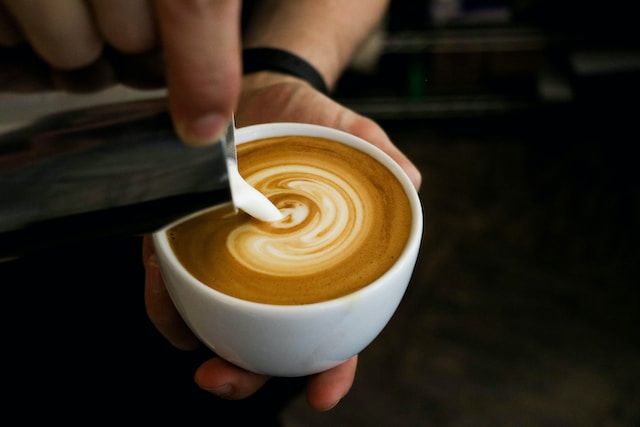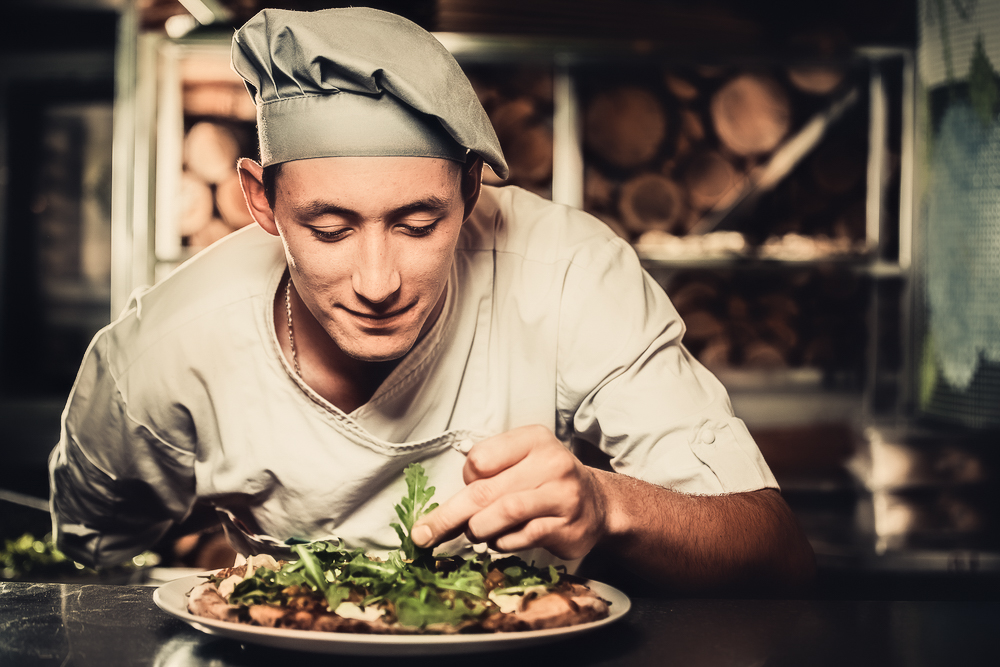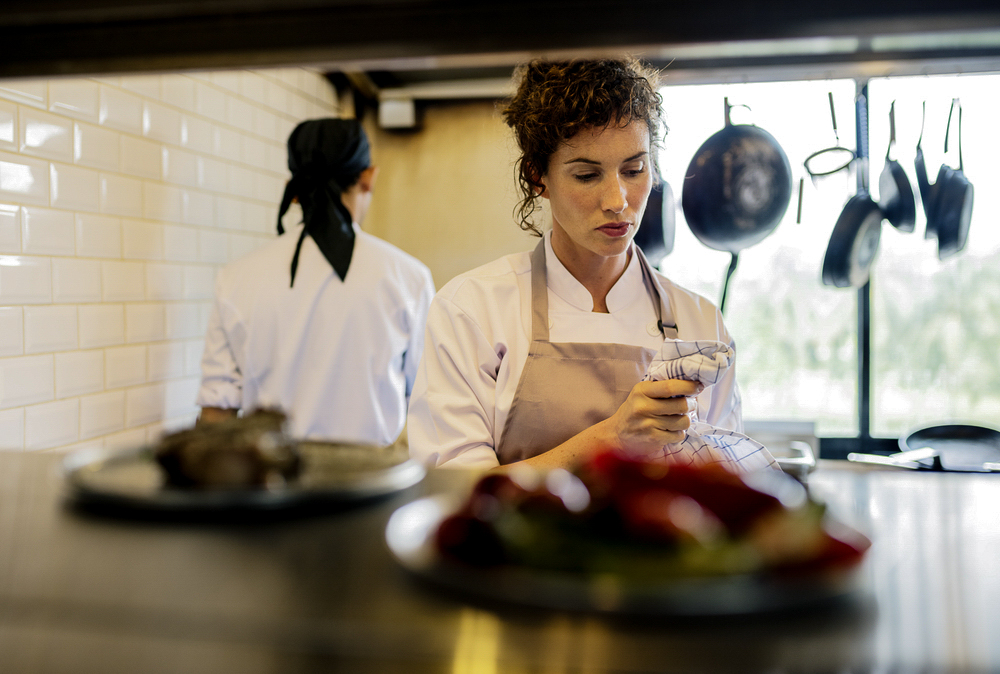
For some it is the perfect pairing, while others believe the two should never mix. Regardless of which camp you're in, you must admit—even reluctantly—that milk and coffee are an important part of cafe culture. And for anyone eager to develop their knowledge and skills in the art of coffee, including aspiring baristas, understanding the basics of milk is crucial. More specifically, how milk types, temperature, and texture play a vital role in crafting perfect latte art.
Types of Milk
Dairy milk is no longer the only option when it comes to coffee or latte art. Even when it was, you couldn’t simply alternate between full-fat and low-fat milk on a whim. Each type of milk imparts a unique taste, texture, and appearance to your latte, marking this as a critical starting point in understanding milk.
Full Cream Milk
A firm favourite among many baristas, full cream milk lends a rich flavour and a velvety texture to lattes. The high fat content results in a stable and glossy microfoam that is ideal for creating intricate latte art.
Skim Milk
Whether you call it reduced fat, low fat, or skim milk, it is going to be trickier to froth to perfection. The denser foam resulting from the lower fat content can be more challenging to manipulate into delicate designs. But latte art is still possible, with a bit of practice.
Plant-Based Milks
Plant-based alternatives like almond, soy, and oat milk can be used for latte art. Wanting a dairy-free milk shouldn't mean foregoing a charming design on your coffee. Naturally, each of these plant-based alternatives has a distinct flavour which will affect the taste of the latte. But more than that, the frothing capabilities vary widely. This means much more practice is required to achieve the perfect texture.
Perfecting Temperature
The taste and the texture of the foam isn't influenced only by the type of milk used, but also by the temperature. Here, the Goldilocks principle applies.
Too Hot
Overheating the milk causes the silky proteins to break down, which compromises the quality of the microfoam. It also results in a scalded taste that cannot be disguised by a great bit of latte art.
Too Cold
The key to unlocking the milk's natural sweetness and achieving the right texture is in maintaining the correct temperature. And under-heating the milk is going to leave you with an unstable foam and an uninspiring latte.
Just Right
The Specialty Coffee Association (SCA) recommends milk be heated to between 55–65°C, regardless of the type of milk. With practice, you'll find the ideal temperature for each type of milk, though a thermometer is essential when you're just starting out.
Achieving the Right Texture
Achieving perfect latte art every time requires getting the milk texture just right. And while the quality of the texture is influenced by both the milk type and temperature, technique is equally important.
Microfoam
While frothing milk creates foam suitable for some coffee drinks, it's too thick for detailed latte art. You want microfoam; tiny air bubbles formed during steaming, creating a velvety milk texture. Getting it right consistently is a skill that is going to require lots of practice.
Aerating Properly
Creating the tiny air bubbles for microfoam isn't the result of just steaming milk. Aeration allows you to introduce air, and done right, will give you a smooth, glossy microfoam. The technique involves keeping the steam wand near the surface of the milk until it reaches the correct temperature and texture.
Swirling
Swirling happens once the milk has reached the proper temperature and been aerated adequately. All that it involves is swirling the milk in the pitcher so that the microfoam blends with the liquid milk. Allowing you to pour intricate latte art.
Like most skills in life, mastering milk for latte art requires practice, analysis, and adjustment. While perfecting latte art with all types of milk is essential, it’s advisable to practice with one type first until mastery is achieved, before moving onto the next. The perfect latte is one that is a delight for the eyes, and a treat for the palate. If you've already completed a nationally accredited coffee course, Coffee School's Barista Master Class, or already have industry experience, sign up for our Latte Art course. This intense two-hour course—taught in very small groups—will give you a head start to mastering milk and latte art.




